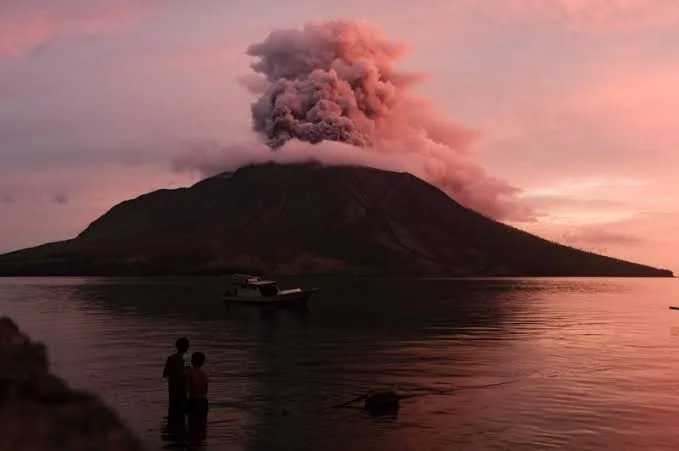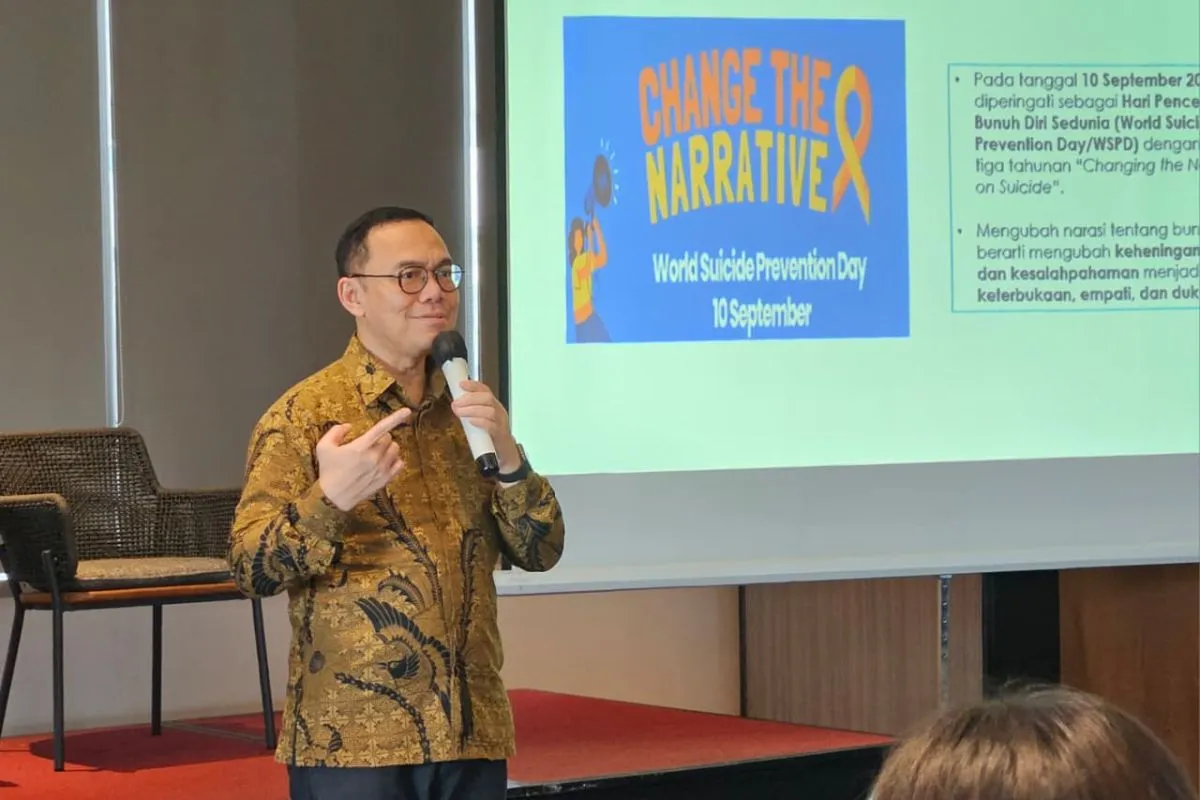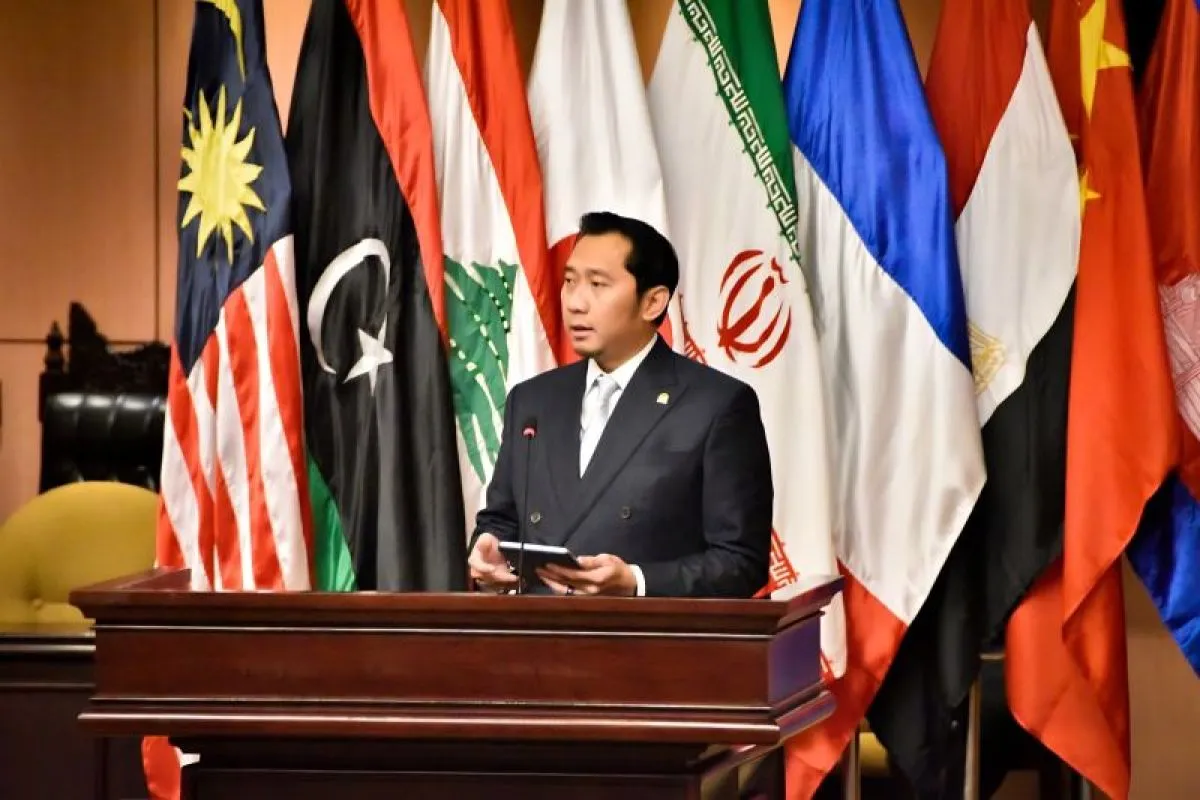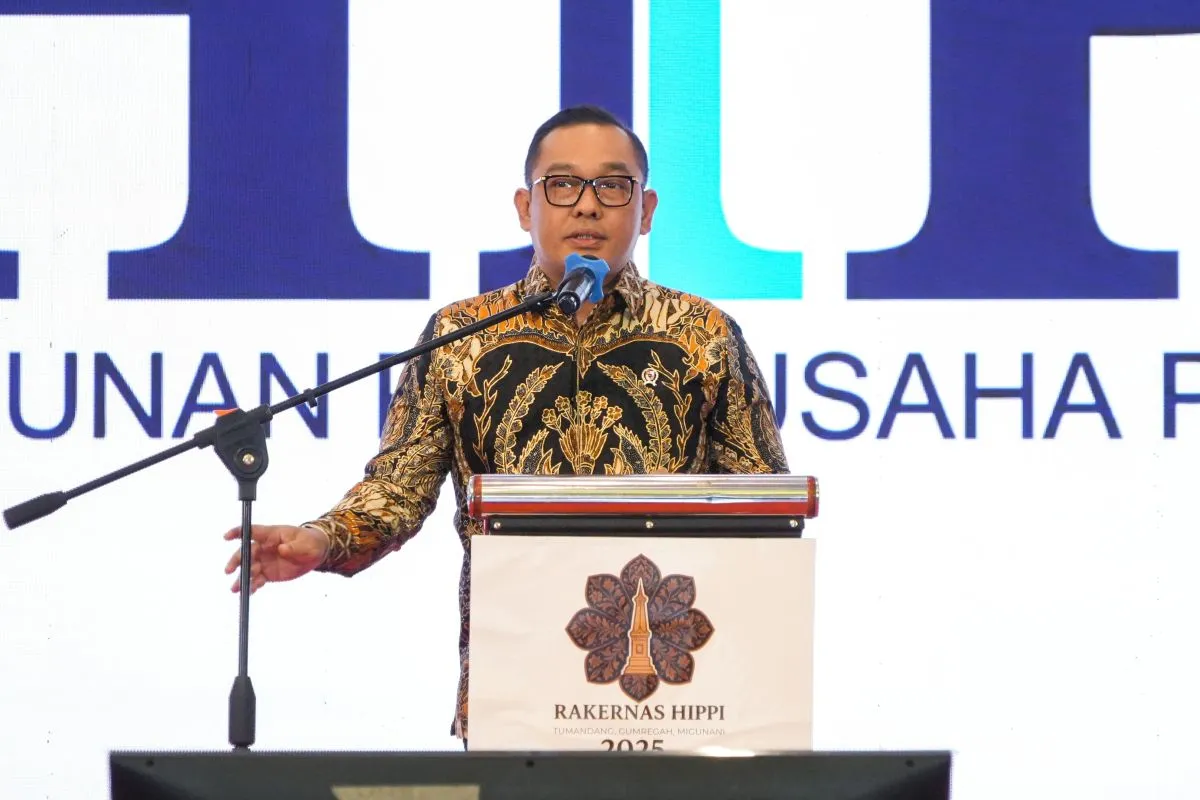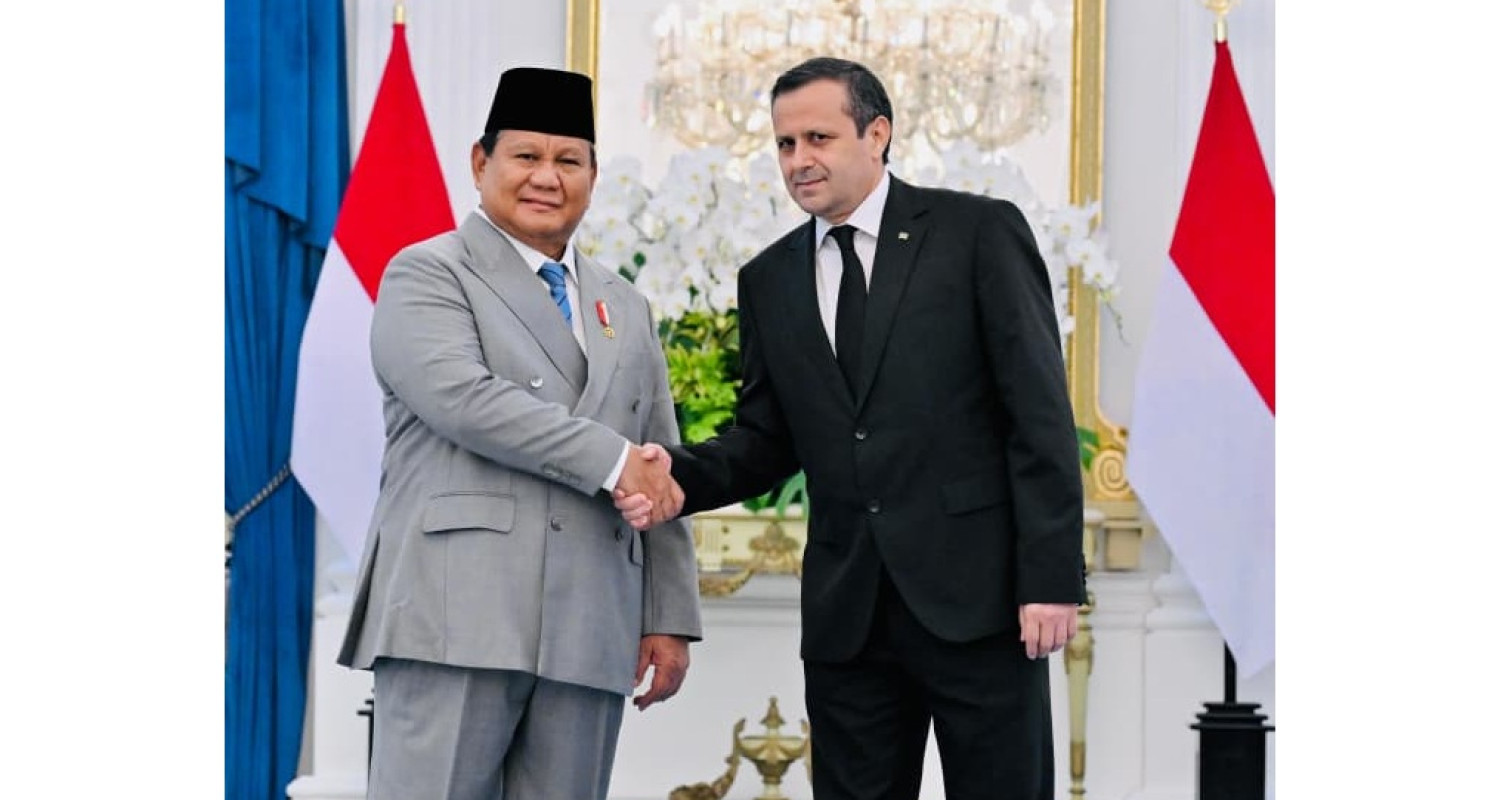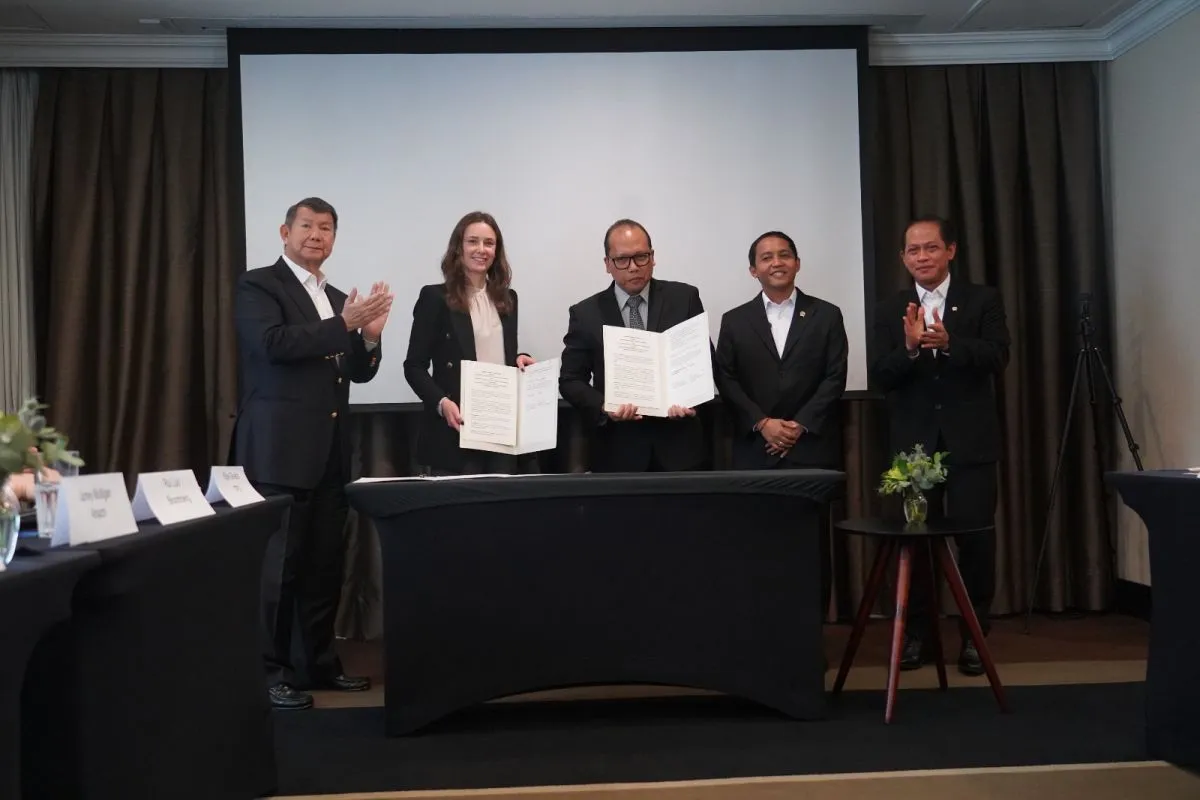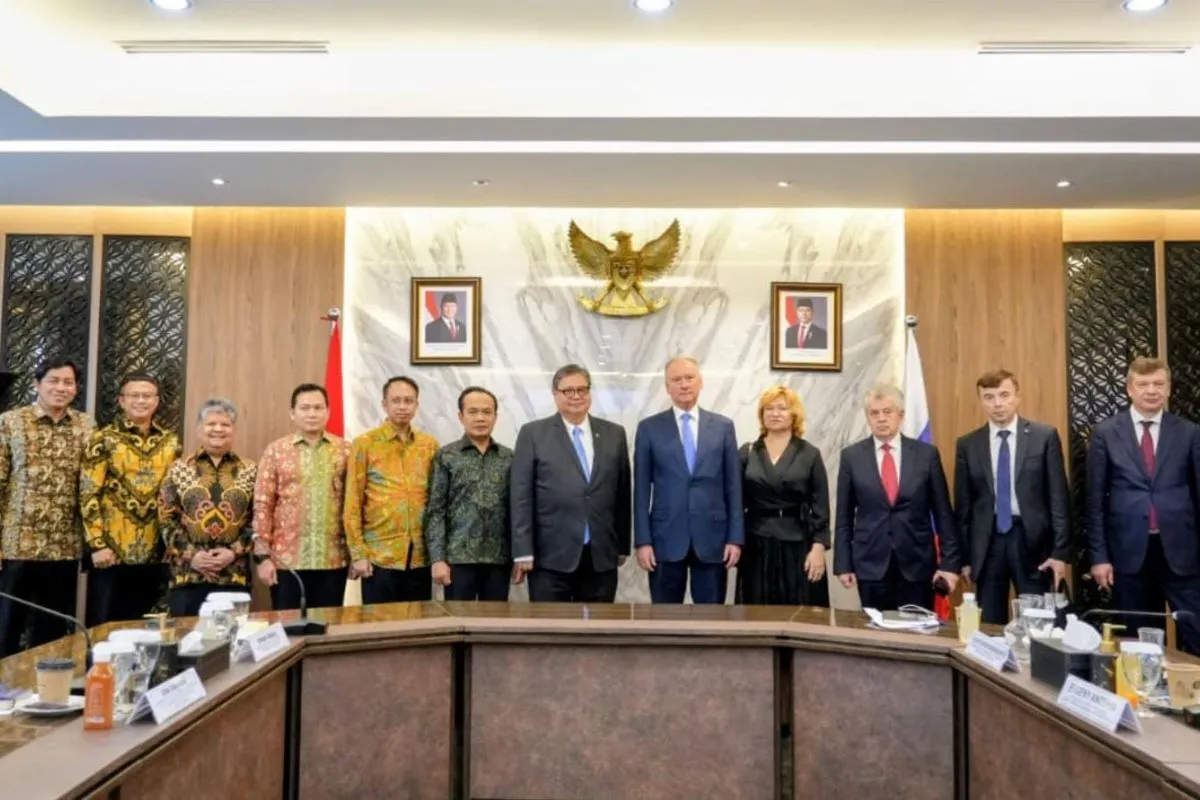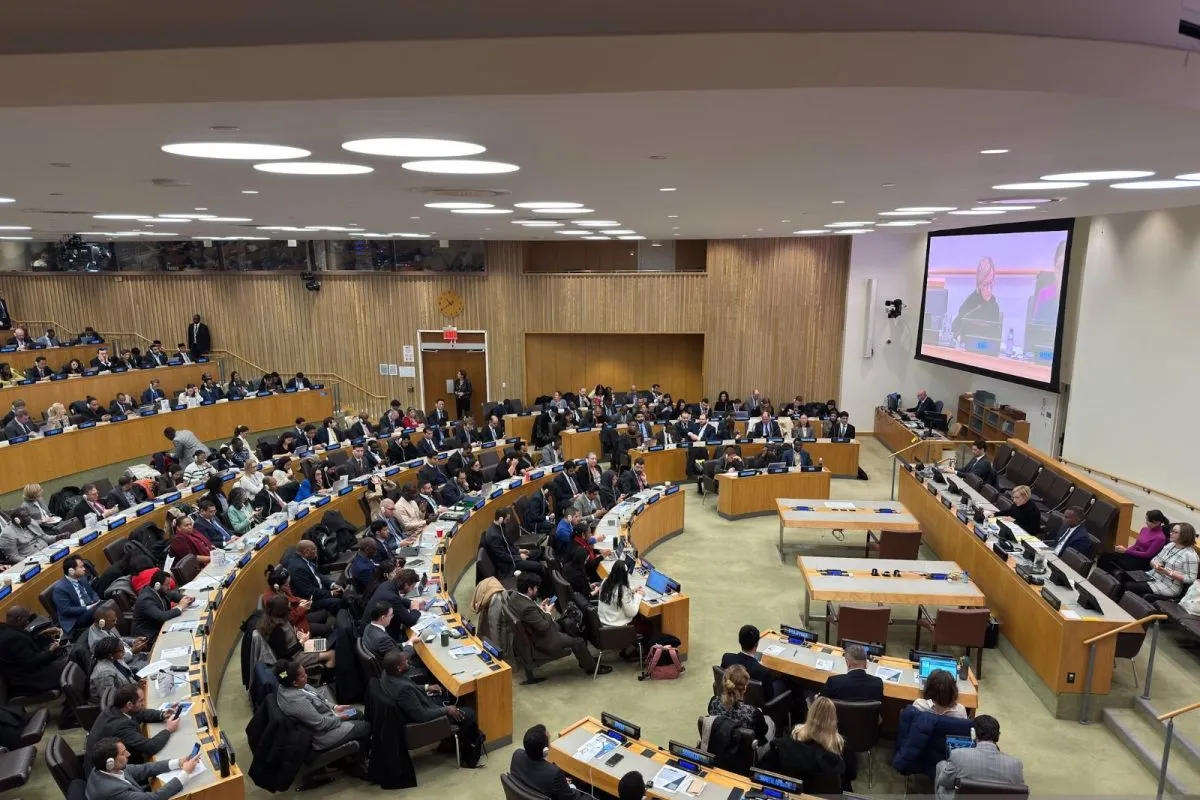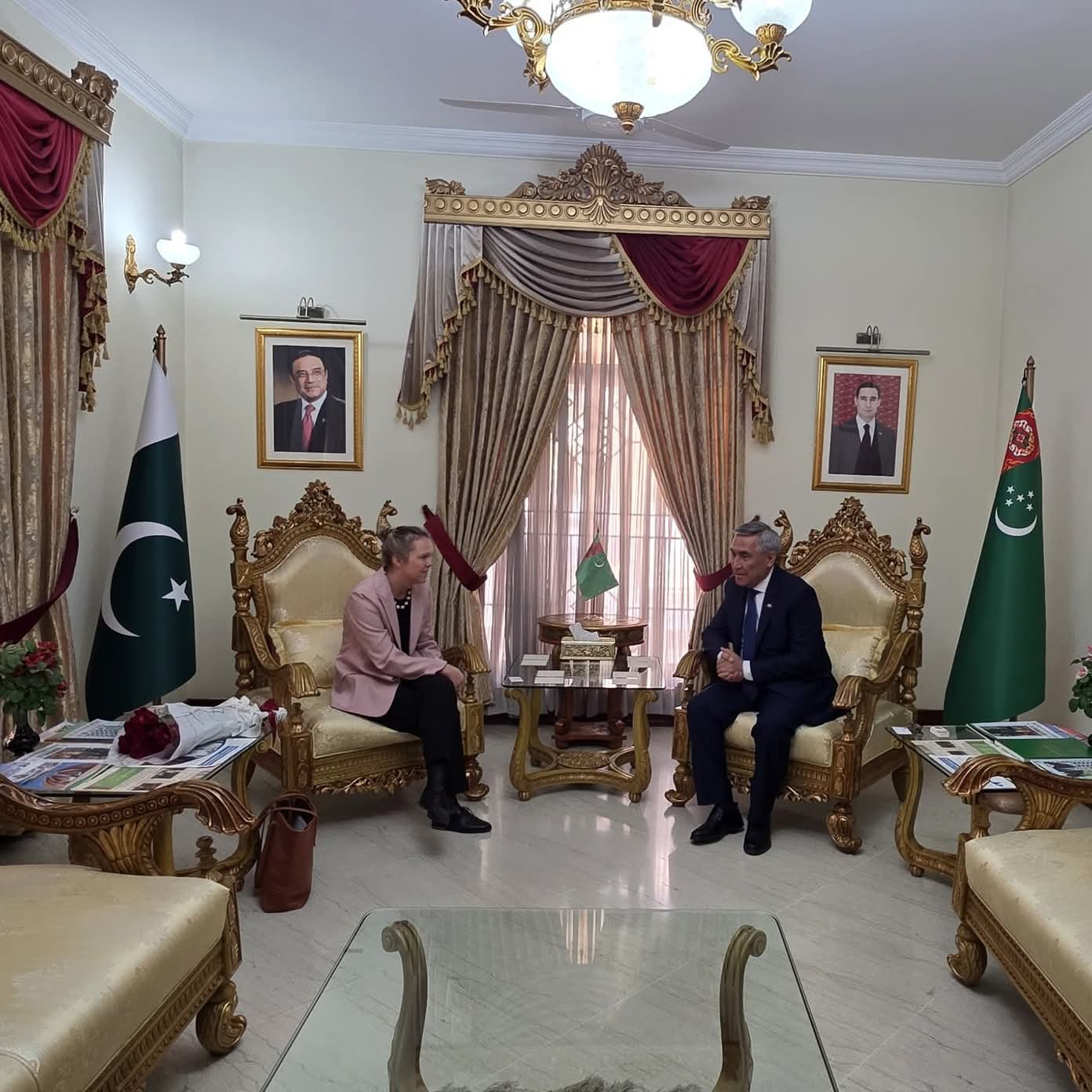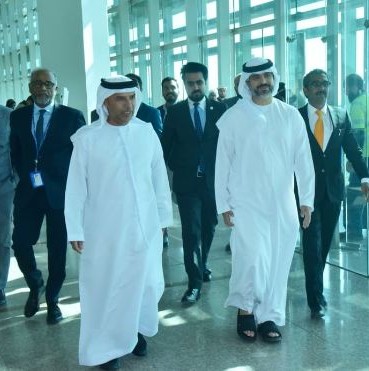Jakarta, April 22, 2024, The Europe Today: The Center for Volcanology and Geological Hazard Mitigation (PVMBG) announced on Sunday the lifting of a tsunami advisory initially issued following the eruption of Mount Ruang in Sitaro District of North Sulawesi Province.
PVMBG’s Head, Hendra Gunawan, stated that “the potential for large eruptions is decreasing, so the chance for tsunamis to occur is less likely,” according to a statement received on Sunday.
Between April 1 and April 21, 2024, until 12:00 local time (GMT+8), PVMBG recorded a series of eruptions on Mount Ruang, starting on April 16 at 1:37 p.m. local time, with a major eruption occurring on April 17 at 8:15 p.m. local time. The ongoing eruptions were accompanied by rumbling sounds and vibrations felt up to the Mount Ruang Observation Post in Tulusan Village, Tagulandang Sub-District.
Explosive eruptions were observed on Ruang Island, followed by the release of incandescent material and hot clouds, while Tagulandang Island experienced raining stones and sand originating from the volcano situated 10 kilometers away.
Visual monitoring conducted by PVMBG on April 21 until 12:00 local time reported thick white smoke rising as high as 200 meters from the main crater, with no observed eruptions.
“This indicates a decrease in eruptive activity on Mount Ruang,” explained Gunawan.
On April 21, from 00:00 to 12:00 local time, PVMBG recorded 25 shallow volcanic earthquakes and 19 deep volcanic earthquakes. As part of ongoing monitoring efforts, the PVMBG team installed a seismic monitoring station at the Mount Ruang Observation Post, situated approximately five kilometers from the peak, to continuously monitor the volcano’s activity.
The decision to lift the tsunami advisory reflects a diminishing risk of large eruptions triggering tsunamis in the region. The PVMBG continues to closely monitor Mount Ruang to assess volcanic activity and ensure the safety of residents and visitors in the affected area.
This development underscores the critical role of scientific monitoring and proactive measures in managing volcanic hazards and mitigating risks associated with volcanic activity.
